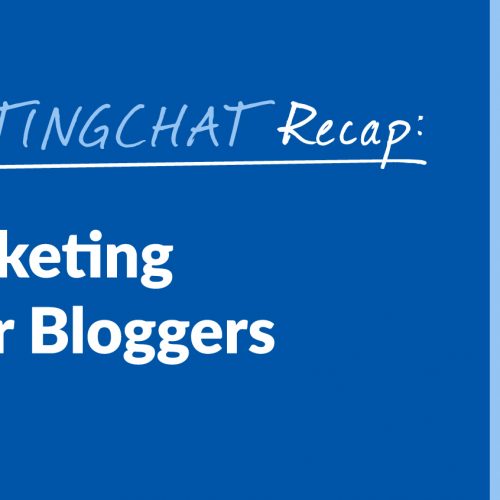
Are you searching for some great content marketing tips? You’ve come to the right place! We’re recapping our...

Are you searching for some great content marketing tips? You’ve come to the right place! We’re recapping our...
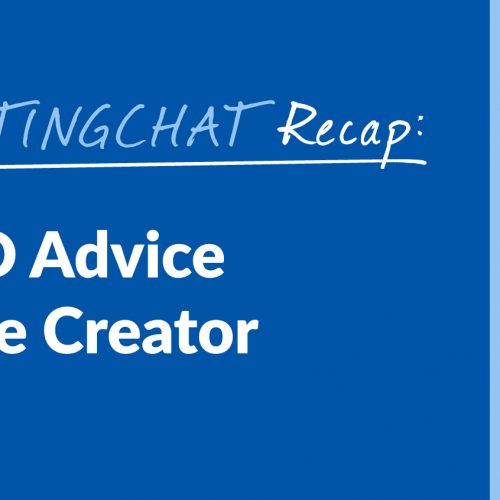
Are you ready to catch up on this week’s #ContentWritingChat? We’ve prepared an awesome recap with some of...
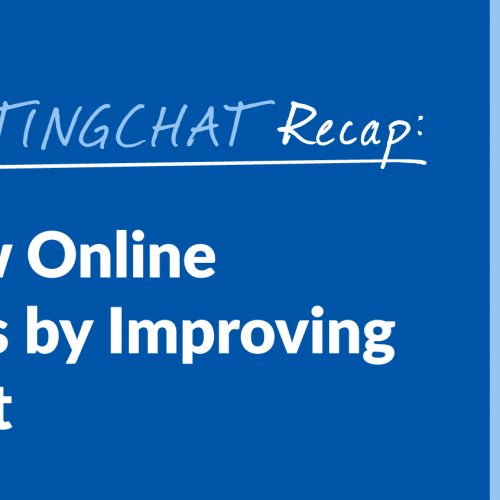
Are you ready to catch up on this week’s #ContentWritingChat? We’ve prepared an awesome recap with some of...
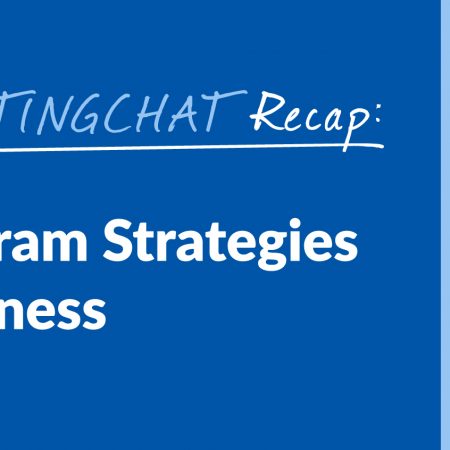
Did you miss #ContentWritingChat this week? We have good news for you! We have a recap of our...

Did you miss #ContentWritingChat this week? There’s no need to worry because we have a value-packed recap for...
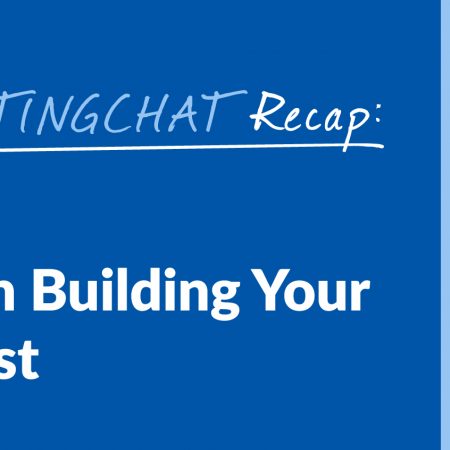
Did you miss #ContentWritingChat this week? There’s no need to worry because we have a recap that’s jam-packed...
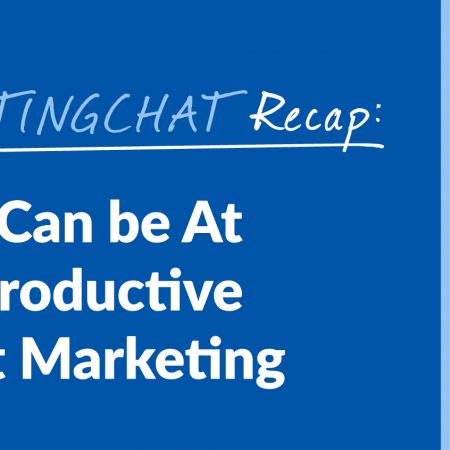
Did you miss #ContentWritingChat this Tuesday? We’ve got you covered with a recap of our latest chat where...

Have you joined any Twitter chats before? If not, it’s safe to say you’re missing out on an...
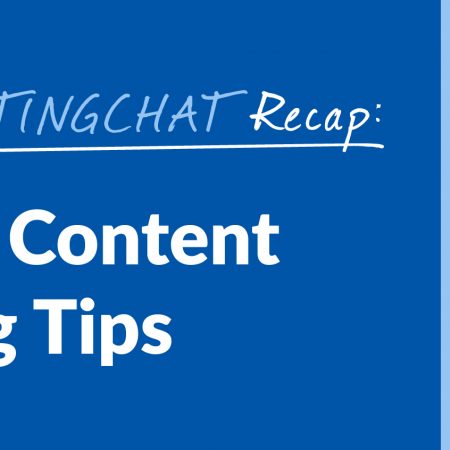
Did you miss #ContentWritingChat this week? You can get caught up with our recap of the chat! If...

Did you miss #ContentWritingChat this week? There’s no need to worry, friends! We have you covered with a...
No HR needed to get access to the best writers, editors, QAs, and strategists. We are your all-in-one content writing service delivering publish-ready content.
Copyright – 2025 Express Writers -All rights reserved